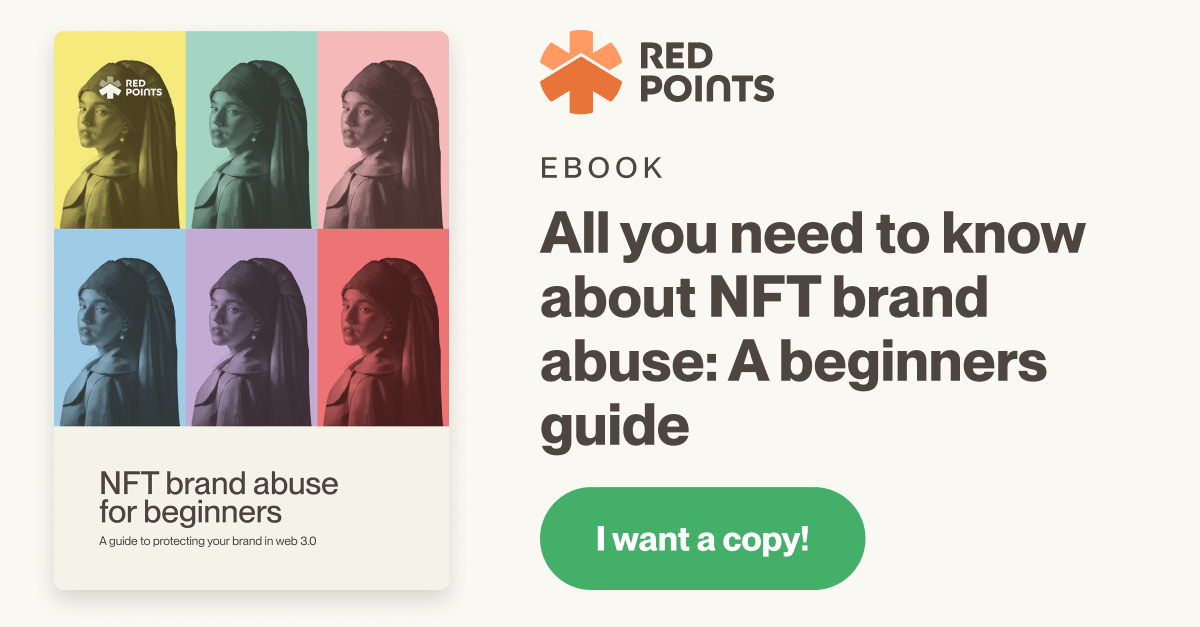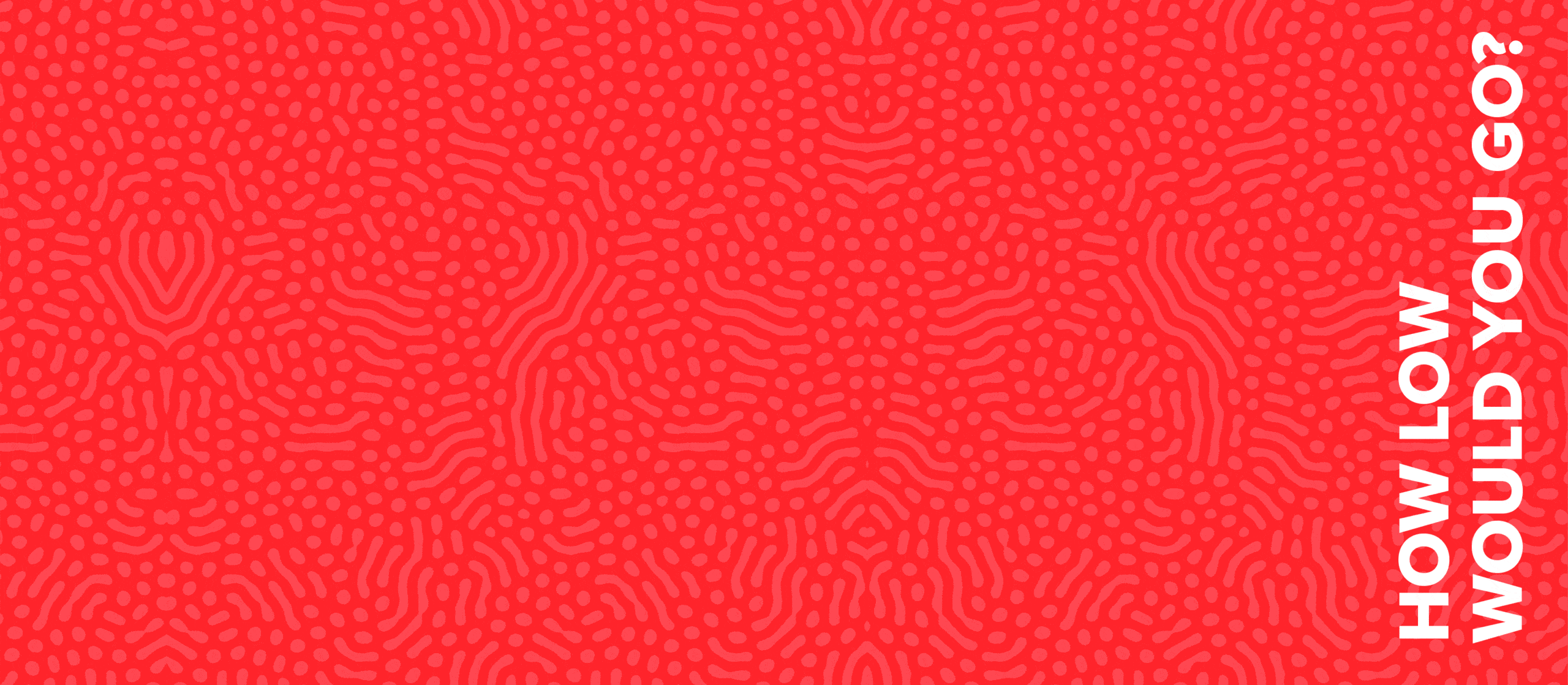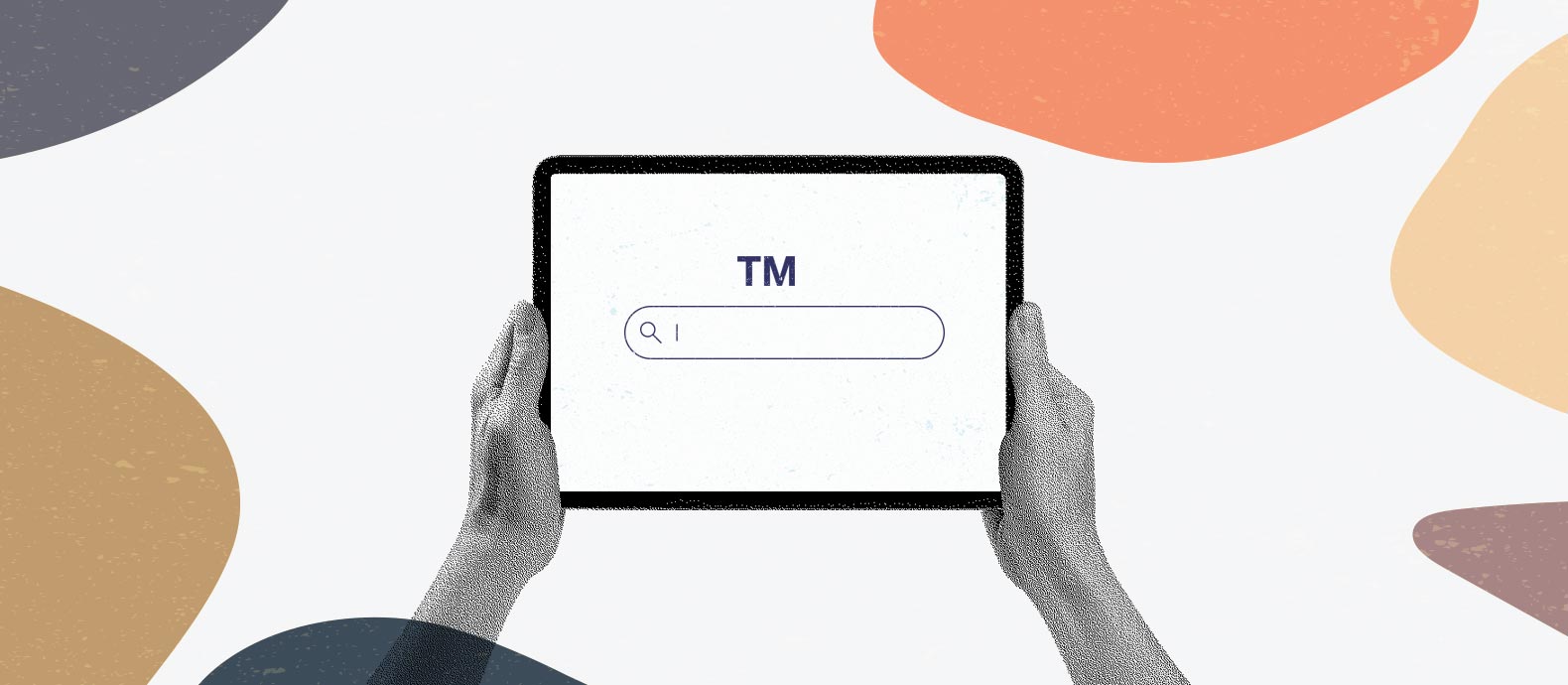Magic: The Gathering is a hugely popular card game played by fans all over the world. Introduced in 1993 by Wizards of the Coast (WotC), it now has more than 35 million players worldwide. But counterfeit Magic cards is a real headache for fans and WotC alike.
Summary
- WIzards of the Coast has careful measures for combating counterfeit cards.
- Players often use “proxies” – fake copies of real cards they own – to prevent damage.
- This article outlines a number of methods of identifying the authenticity of a card.
- WotC has plenty to teach toy brands about combating IP infringements.
As the oldest trading card game, Magic has produced billions of individual cards. In fact, over twenty billion Magic cards were produced between 2008 and 2016. The vast majority of these cards have low values, but there are cards with values in the hundreds all the way to the tens of thousands.
The game has become so popular, Wizards has recently started esports tournaments for Magic: The Gathering.
Counterfeiters have been making fake Magic cards almost since the beginning of the game. This is a growing trend – fake toys have been plaguing many brands for years now, and it doesn’t seem to be slowing down. Companies like Games Workshop and others have been fighting similar issues with wargaming recasts for years now.
In earlier years, fake MTG cards were pretty easy to spot. But lately, that’s not the case. Counterfeit printing operations have become more sophisticated and the fake cards they sell may fool experienced players.
How Magic: The Gathering combats fakes
Wizards spends years developing cards and then releases them in a controlled fashion. When counterfeit cards enter the market, it changes the value that the current cards have. Online sellers of fakes siphon away business from authorized dealers and local brick and mortar stores. Fakes can also affect the value of players’ collections and more than a few people have come away from a bad purchase having been “hosed.”
Wizards knows that fakes are a big problem, and have been for years. To combat fakes, each card has specific traits that are very hard to duplicate without proprietary printing techniques. It takes a trained eye, but there still are differences between fake cards and real ones. Wizards has also worked with law enforcement and international partners to shut down production of fakes overseas.
Fake MTG cards and the reserved list
When we talk about fake Magic cards, we need to understand what the reserved list is. In 1995, Wizards printed the Fourth Edition basic card set along with the Chronicles reprint/compilation set. These contained reprints of high-value rare cards that had previously been released. The value of those cards dropped and a lot of collectors were upset.
After that happened, Wizards decided that certain cards would never be reprinted, and put these cards on the reserved list. Up until today, none of the reserved cards have been reprinted—except by counterfeiters, of course. Counterfeiting cards on the reserved list is a double-edged sword, though. If a counterfeiter wants to make a copy, they first have to get their hands on the actual thing. This can be very costly R&D, so high-value reserved cards aren’t actually faked that often.
Also read:
How to remove a counterfeit from Amazon (step by step)
How to report seller on Facebook
Fakes vs proxies
No one wants to get duped into buying fake Magic: The Gathering cards. But sometimes, players will purposely buy fake cards to use in gameplay and save money. Originals that are in the range of $50 to $500 are faked quite often. Players sometimes call counterfeit Magic cards “proxies” since they’ll buy them as stand-ins for the cards they already have but don’t want to wear out.
How to tell if you have a fake Magic card
As we said earlier, fakes are getting more and more sophisticated. But there are still ways to tell if a card is fake or not. This YouTube video does a great job of showing fake and real cards side by side, and MoxBeta has a great article on these tests as well.
There are three main types of fake MTG cards: rebacks, old proxies, and new proxies. Rebacks take the front of a re-issued card and attach it to the back that was used in a previous generation of that card. Old proxies are generally easy to spot, while new proxies need to be scrutinized more. For all of these tests, it’s recommended that you have a genuine card on hand from the same set to use for comparison. Also, don’t rely on just one test. Use all tests available to come to a stronger conclusion. Here are a few common tests:
The light test
This test is pretty straightforward and works on most counterfeits. It works on rebacks, most old proxies, and some new proxies. The physical construction of real Magic cards allows a liberal amount of light to pass through. The cards are always made with a blue inner core, so the light shining through should either be white or bluish. Rebacks will have an extra layer of glue that blocks light, and old proxies won’t let much light through, or the light will be tinted orange. Some new proxies can pass the light test, so it’s always a good idea to use more than one test.
The bend test
A genuine MTG card is able to fully bend (not fold) from top to bottom without a crease forming in the card. You should be able to return it to its original position and see that it’s still flat. Also, as you bend genuine cards, you’ll feel that it’s quite easy for them to bend. It’s much harder to bend a reback or old proxy, and they may retain a crease in the middle. Some new proxies are made with the same thickness of the material and can, therefore, pass the bend test.
The black ink test
Store owners and workers who deal in Magic cards usually carry a jeweler’s loupe with them. This tool lets them magnify the card and take a close look at the printing pattern. Black ink printed on genuine cards is always a true black, even magnified. Areas that are black will be completely black, and the edges of black shapes will be solid. Many fakes will have black that’s made up of other colored dots, and edges will fade out into the colors beside them.
The rosette test
This is another trustworthy test for a high percentage of fake cards—but not rebacks. Remember, rebacks use real card faces. But fake cards, even good ones, often have a different rosette pattern. A rosette is a pattern made in large-scale printing. At high magnification, it looks like ink dots are grouped into roses. A proxy card will almost always have a different rosette pattern than a genuine card. It can be one that’s well done, but different nonetheless. When doing this test, it’s important to have a reference card from the same set to go back to, since genuine cards can have different patterns over the years.
Other counterfeit cards
Magic: The Gathering isn’t the only card to be made by counterfeiters. Fake Pokemon cards, fake Yugioh cards, and even fake baseball and football cards are a part of everyday life. At least fake Pokemon cards look easier to spot. They often have misspellings, different fonts, or even wrong card attributes. An example is when a real Pokemon card normally has 100HP, but the fake Pokemon card shows 400HP. Even though these may be easier to spot, they’re still in the market. Deceptive products always have the potential to hurt both the brand and the consumer, that’s why it’s good to know how to tell genuine products from fake ones.
What this means for brand protection
Digital monitoring is ever important in today’s online counterfeit climate. It may seem like there is a proliferation of counterfeiters, but it’s equally true that there are more avenues to stop them. With online tracking of sellers and products, the response to new counterfeit items can be quick. And technology allows this to be accomplished automatically by trained algorithms.
We can also learn something else from Magic: The Gathering’s problem with fakes. Their community of players shares knowledge about how to spot fakes with one another. If you’re a game brand, it can help to create social channels to inform your customers of the differences between your product and counterfeit items.
This is especially important if your products are collectible. Consumer education combined with counterfeit monitoring and removal is a strong recipe for fighting fake game merchandise and even bootleg toys. The fewer fakes enter the market, the fewer innocent customers get taken advantage of.







